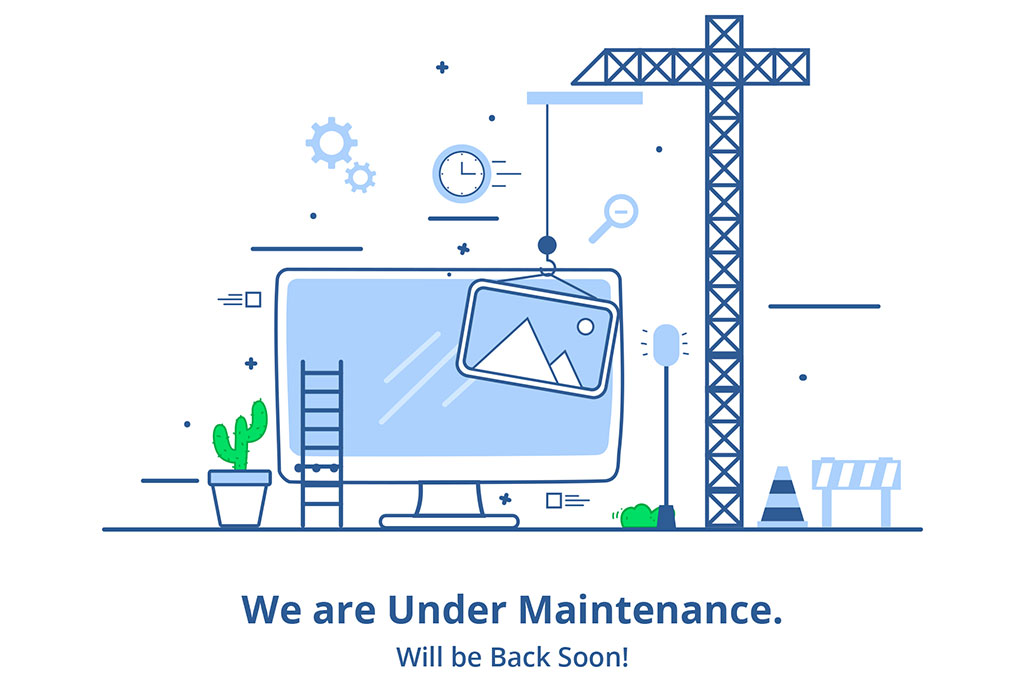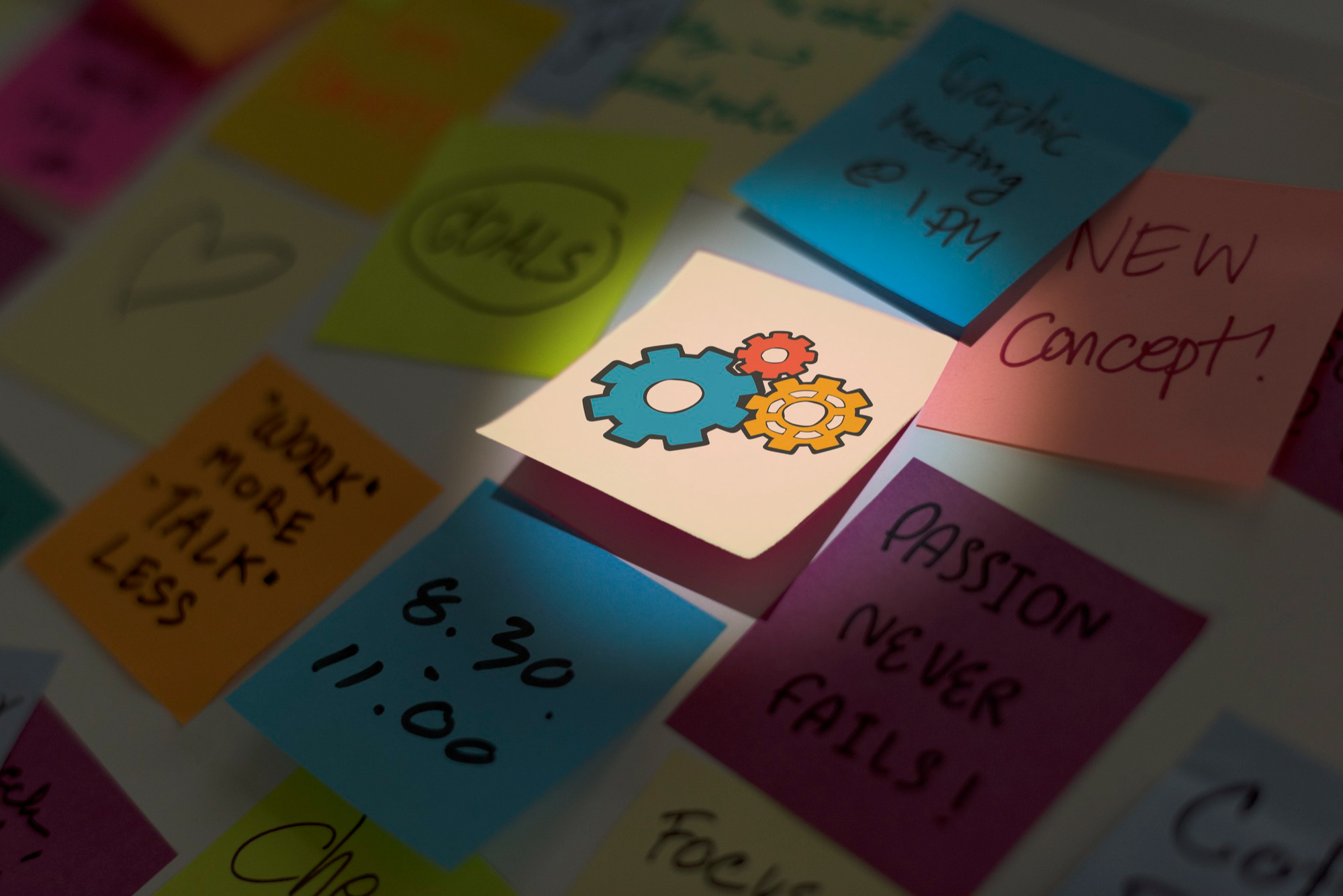
WordPress is a popular and versatile platform for website creation, but like any other software, it requires regular maintenance to ensure optimal performance and security.
Maintenance Tasks
Self-hosted e-commerce platforms, like WooCommerce for WordPress or Magento, allow businesses to download software and host it on their own server. These platforms offer a high degree of customization and control.
1. Updating the WordPress Core
The WordPress core, which includes the base code and core functionalities of the system, is regularly updated to fix bugs, improve performance, and address security issues. It is essential to keep the latest version of WordPress installed on your site. We recommend checking for and applying updates as soon as they become available.
2. Updating Themes and Plugins
WordPress themes and plugins should also be regularly updated. Theme updates often include design improvements, new features, and bug fixes. On the other hand, plugin updates can address security issues, enhance performance, and add new functionalities. Like with the WordPress core, it’s important to apply these updates in a timely manner.
3. Regular Data Backups
Regularly backing up your website data is a crucial precautionary measure. If something goes wrong during maintenance or if your site gets compromised, you can restore it to a previous version without losing important data. You can use reliable backup plugins to automate this process and store backups in secure locations, such as cloud storage services or external drives.
4. Database Optimization
Over time, your WordPress site’s database may accumulate unnecessary data, such as old post revisions and spam comments. Performing regular database optimization can improve your site’s performance by removing this unwanted data. You can use specific plugins to safely and efficiently perform this task.
5. Security Monitoring
The security of your website is an ongoing concern. Regularly monitoring and analyzing WordPress security helps detect and prevent potential threats. This includes implementing security measures such as strong passwords, protection against brute force attacks, and using trusted security plugins. Additionally, it is important to conduct security scans and malware scans on your site.
6. Content and Broken Link Cleanup
Broken links and outdated content can negatively impact user experience and SEO of your website. Perform regular analyses to identify broken links and update or remove outdated content. You can utilize link management and content analysis plugins to facilitate this process.
Recommended Frequency
The exact frequency of WordPress maintenance may vary depending on the nature of your website and the amount of regularly published content. However, here is a general guideline:
- Updates: Perform updates for WordPress, themes, and plugins as soon as they are available. Check for pending updates on a weekly basis.
- Backups: Perform automatic backups at least once a week. If you publish content frequently, consider increasing the frequency.
- Database Optimization: Perform database optimization on a monthly or quarterly basis.
- Security Monitoring: Conduct security analysis and malware scans at least once a month.
- Content and Broken Link Cleanup: Perform broken link and outdated content analysis on a quarterly basis or as needed.
Regular WordPress maintenance is essential to ensure the performance, security, and functionality of your website. By following the recommended tasks and frequencies outlined in this article, you can keep your WordPress site up-to-date and protected, providing a better experience for your users and improving its visibility in search engines. Always remember to backup your site before making any significant changes and stay informed about the latest WordPress security practices.





